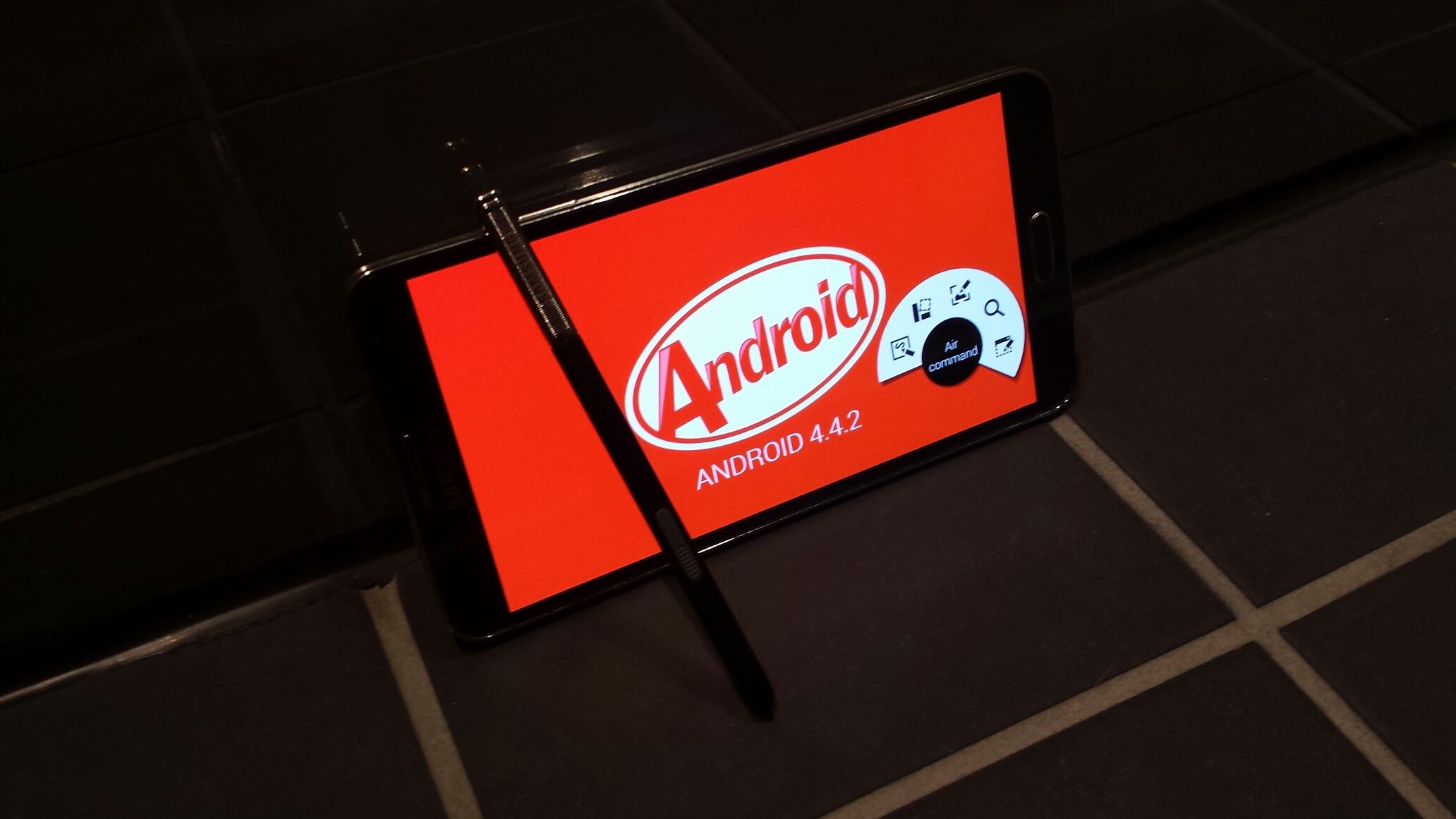
Introduction
Android 4.4.2, known as KitKat, marked a significant update to the Android operating system. Released in 2013, it introduced numerous improvements and bug fixes. This article will guide you through upgrading your device to Android 4.4.2, highlighting key features, potential issues, and troubleshooting steps.
Understanding Android 4.4.2
Key Features
-
Performance Improvements: Enhancements in Android 4.4.2 improve overall speed and stability. These are particularly noticeable in the camera app, which now supports faster shooting and reduced shutter lag.
-
Camera Enhancements: The camera app has been significantly improved with features like faster focusing, better color balance, and reduced motion blur. These make the camera app more responsive and capable of capturing high-quality images.
-
Material Design: Introduced in Android 4.4, Material Design brought a new visual language to Android, focusing on simplicity, elegance, and consistency.
-
Google Now Integration: Google Now, an intelligent personal assistant, was further integrated into the operating system. It provided users with more personalized information and actions based on their usage patterns.
Preparing for the Upgrade
Before starting the upgrade process, prepare your device to ensure a smooth transition.
Check Your Device Compatibility
Not all devices are eligible for the Android 4.4.2 update. Check your device's manufacturer website or the settings app to see if an update is available for your specific model. For example, the Nexus 4 and Nexus 5 were among the first devices to receive the 4.4.2 update.
Ensure Adequate Battery Life
The upgrade process can consume significant battery power, especially if downloading the update over a cellular network. Make sure your device has enough battery life to complete the installation. A minimum of 50% battery is recommended, but having more is always better.
Free Up Storage Space
The upgrade process requires sufficient storage space on your device. If running low on storage, consider deleting unnecessary files or apps to free up space. This will help the update process complete successfully.
Back Up Your Data
Backing up your data before initiating the upgrade is crucial. This includes contacts, photos, and any other important information stored on your device. Use Google's built-in backup features or third-party apps to ensure your data is safe.
Initiating the Upgrade
Once your device is prepared, initiate the upgrade process.
Checking for Updates
To check for updates, follow these steps:
- Open Settings: Go to your device's Settings app.
- About Phone/Tablet: Tap on "About phone" or "About tablet."
- System Update: Look for the "System update" or "Software updates" option and tap on it.
- Check for Update: If an update is available, you'll see a notification. If not, you'll find a "Check now" button.
Downloading and Installing the Update
If an update is available:
- Download the Update: The device will start downloading the update.
- Verify the Update: Once downloaded, the update will be verified for integrity.
- Restart and Install: After verification, restart your device and follow any on-screen instructions to complete the installation.
Troubleshooting Common Issues
While the upgrade process is generally smooth, some common issues might occur.
Not Enough Space Available
If you receive a "not enough space available" notification, try the following:
- Free Up Storage: Delete unnecessary files or apps to free up space.
- Let the Update Try Again: If the update starts downloading but doesn't finish, your device will automatically try again over the next few days. When it tries again, you'll get a notification. Open the notification and tap the update action.
Update Fails to Install
If the update fails to install:
- Restart Your Device: Sometimes, simply restarting your device can resolve the issue.
- Check for Available Updates: Ensure that you're checking for updates correctly and that no other updates are pending.
- Contact Manufacturer/Operator: If the issue persists, contact your device's manufacturer or operator for further assistance.
Post-Upgrade Checklist
After the upgrade, ensure everything is working as expected.
Verify the Update
- Check Android Version: Go to Settings > About phone/tablet > Android version to verify that you're running Android 4.4.2.
- Check Security Update: Ensure that your security update is also up-to-date by going to Settings > Security and privacy > System and updates > Security update.
Test Apps and Features
- Camera App: Test the camera app to ensure it's working smoothly with the new features.
- Google Now: Check Google Now to see if it's functioning correctly and providing personalized information.
- Other Apps: Test other apps to ensure they are compatible with the new version of Android.
Upgrading your device to Android 4.4.2 can significantly improve its performance and functionality. By understanding the key features, preparing your device properly, and troubleshooting common issues, you can ensure a smooth transition to this updated version of the operating system. Always back up your data and ensure sufficient storage space before initiating the upgrade process. With these steps, you'll be able to enjoy the improved camera capabilities, performance enhancements, and other features that Android 4.4.2 offers.
